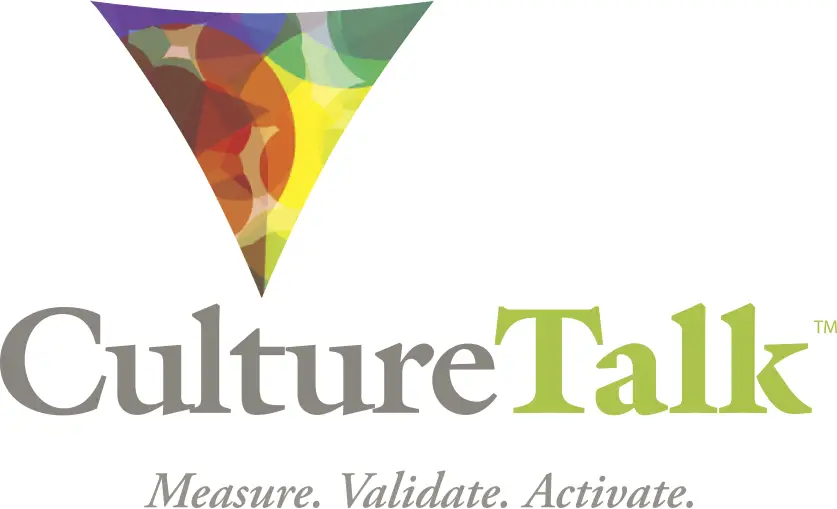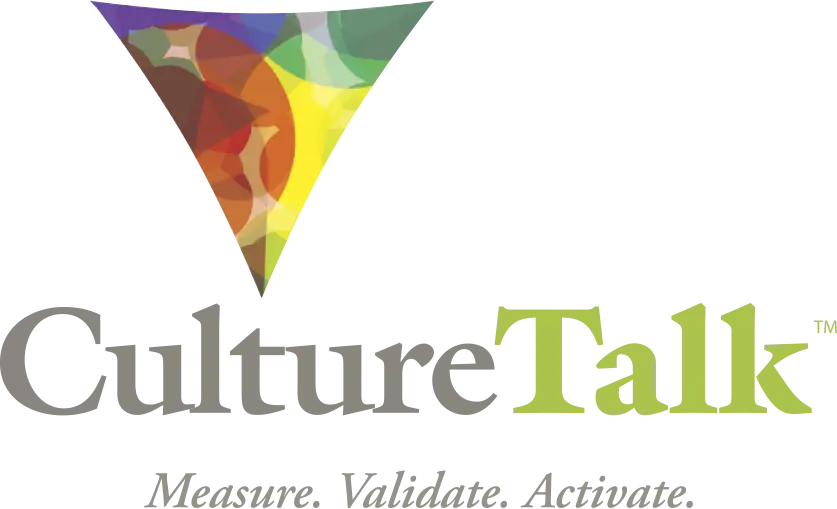Your Archetype Results Are In. Now What?
- November 7, 2025
- 7:00 am
- Theresa Agresta
This can't be right?
I still remember the first time someone questioned their assessment results.
“This can’t be right,” she said, staring at her Sage/Revolutionary profile. “I’m not a rebel. I just…fix things.”
Six months later, she called me laughing.
“I finally see it. Every job I’ve ever left? It was because they wouldn’t let me challenge the broken systems.”
That’s the thing about Archetypes.
Sometimes we’re too close to see our own patterns.
Sometimes we’ve been told a different story about who we are.
Sometimes we need validation before we can fully own our truth.
After certifying more than 200 coaches and consultants in Narrative Intelligence, I’ve learned this: validation isn’t optional—it’s essential.
It’s what turns an assessment into insight, and insight into action.
It’s the bridge between “this is interesting” and “this changes everything.”
Why Validation Matters (Especially for Coaches and Consultants)
“
Validation is where narrative intelligence becomes lived intelligence.
When clients first receive their CultureTalk Archetype results, you can almost see their brains light up. There’s excitement, recognition, even relief. But occasionally there’s doubt.
And that doubt is gold.
Because it’s not resistance—it’s reflection. It’s the moment where real integration begins.
If you skip the validation step, you risk leaving powerful insights on the surface. The client may appreciate the language but never embody it. They might say, “That’s me,” without exploring how or why.
For coaches and consultants, helping clients validate their Archetype results accomplishes three things:
- It deepens self-awareness. Clients uncover the stories beneath their behaviors, not just the labels that describe them.
- It builds ownership. Once clients see consistent patterns, they stop arguing with the data and start working with it.
- It accelerates transformation. When people feel seen, they move faster. They begin to use their Archetypes as tools for decision-making, communication, and leadership.
Three Ways to Confirm Your Archetype Patterns
1. Identify Key Periods of Your Life — Align the Themes
Start by looking backward.
Invite clients to identify three to five key transitions—times when they had to choose, lead, risk, or change:
• A career pivot or promotion
• A relationship beginning or ending
• A move, a challenge, a health scare, a breakthrough
Then ask:
👉 What was at stake?
👉 What values drove your choices?
👉 What role did you naturally step into?
Patterns emerge quickly.
If someone’s a Ruler, they’ll see themselves taking charge when chaos hit.
If they’re a Caregiver, they’ll notice how often they prioritized others, sometimes at their own expense.
If they’re an Explorer, you’ll see the restless quest for growth and meaning behind every decision.
And remember—it’s not just about the big events.
Look at the stories you were told as a child, and the family dynamics you were exposed to—both the ones that shaped your confidence and the ones that taught you to play small. Those early messages often reinforce (or suppress) the archetypal energy you’re now reclaiming.
You can also look outside your own story:
What movies are you drawn to?
What celebrity stories or public figures do you relate to—and why?
We recognize ourselves in the narratives we admire. Our archetypes resonate in the characters we root for.
Coach tip: Have your client journal short “snapshot stories” of each transition—just a few sentences that capture what was happening and what they felt called to do. Read them together. The Archetype themes will start singing in harmony.
2. Identify Key Stories — Align the Narratives
What stories do you find yourself telling again and again?
The ones that come up in job interviews, client sessions, or family dinners?
The ones that make you emotional no matter how many times you share them?
Those aren’t random. They’re identity markers.
One client realized every story she told was about “the underdog winning.”
Her Everyperson/Hero profile suddenly made perfect sense.
Another client—a Sage/Caregiver—noticed that every story ended with someone learning something valuable and then turning around to teach it to others. That’s her life pattern.
Our brains remember what reinforces our identity. The stories that stick are proof of the patterns we live.
Coach tip: Use a storytelling prompt like, “Tell me about a time you were most proud of yourself,” or “Tell me about a time you couldn’t stay silent.” Listen for recurring archetypal themes—rescue, mastery, innovation, belonging, freedom, integrity. Then mirror them back.
When clients hear their own stories reflected through Archetype language, they recognize themselves more fully. It’s the difference between “That sounds like me” and “That is me.”
3. Share with Your Circle — Get Reflective Feedback
This one’s vulnerable but powerful.
Validation can happen one-on-one, in a reflective coaching session where you and your client unpack lived experiences together—or in a group or team setting, where collective reflection builds understanding and alignment.
Inside CultureTalk’s Team Storytelling Workshop Experience, for example, we invite teams to share personal and professional stories aloud. As they listen to one another through an archetypal lens, they find themselves nodding in recognition—seeing patterns of motivation, value, and behavior they’ve never named before.
Sharing stories aloud brings teams onto the same page with a resounding new understanding of themselves and their colleagues—one that builds trust, empathy, and cohesion.
Encourage your client—or your whole team—to share their Archetype profile with a few trusted people who see them in different contexts.
Ask them to pose a simple question:
“Does this sound like me?”
Then, watch what happens.
One executive was skeptical of his Ruler/Sage profile until his teenage daughter said, “Dad, this is SO you. Remember when you reorganized my entire soccer league because their system was inefficient?”
Instant recognition. Instant ownership.
Coach tip: Suggest clients gather short reflections: “What words or stories from this profile sound most true about me?” or “Where do you see this pattern showing up in my life?” This external validation helps dissolve internal doubt and brings humility into the process—because none of us sees ourselves completely clearly.
Validation Is Where the Magic Happens
Here’s what I’ve learned after thousands of assessments:
Your true Archetype patterns feel like coming home.
Like finally having language for what you’ve always known but couldn’t name.
But validation isn’t the end of the process—it’s the beginning.
Once clients confirm their story patterns, you can help them ask bigger questions:
- How are these Archetypes serving me today?
- Where might they be overused or in shadow?
- What new story is asking to emerge?
That’s when the real work begins—rewriting the narrative for the next chapter.
When clients understand the truth of their Archetypes, they make clearer decisions, lead with more authenticity, and build stronger cultures. They stop reacting from old scripts and start consciously authoring their future.
For Coaches and Consultants: Turning Validation into Transformation
Here’s how you can weave this step into your coaching practice:
- Build it into your debriefs. Don’t just read the results—co-create meaning. Use open questions like, “Where do you see this?” or “What surprised you?”
- Make it visual. Encourage clients to map life stories to Archetype patterns on a timeline or whiteboard. Seeing it laid out deepens insight.
- Encourage experimentation. Have clients intentionally lean into one Archetype for a week—speak, decide, or lead from that pattern—and note what shifts.
- Document insights. Keep a shared journal or “narrative tracker” that captures validation moments. This becomes tangible evidence of growth and helps renew coaching contracts with clarity.
The outcome? A client who’s not only self-aware, but self-authoring. A partnership grounded in truth, language, and shared discovery.
Because knowing your story is step one. Validating it is step two. Rewriting it for what’s next? That’s transformation.
Ready to learn the framework behind this work?
Sign up for the Narrative Intelligence Quick Start.
Learn the 12-Archetype framework, validate your own Archetype Story Profile, and start using these tools to create measurable transformation for your clients.






